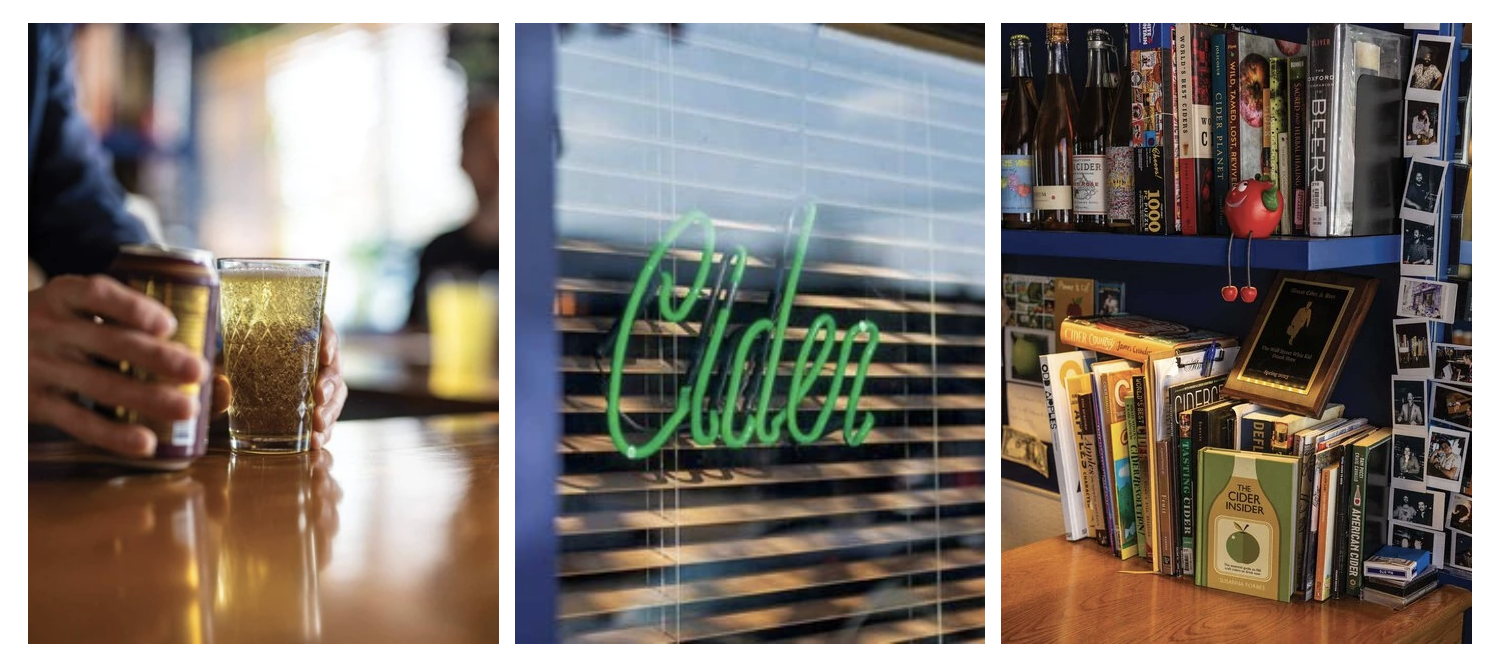Why This Might Be Hard Cider’s Moment | Imbibe Magazine
Photos: Stan Lee
A decade ago, hard cider seemed unstoppable. Its gluten-free quality made it an appealing beer alternative, led by Boston Beer Company’s Angry Orchard. Rosé-inspired ciders were all the rage. But along came hard seltzer, also gluten-free, delivering 100-calorie cans boasting black cherry “natural flavors.” During hard seltzer’s late 2010s heyday, “people got used to blander products,” says Lee Larsen, CEO and co-founder of 2 Towns Ciderhouse. Cider’s national star waned as Molson Coors eliminated Crispin and Smith & Forge, and Anheuser-Busch sold Virtue Cider back to its founder. With hard seltzer decelerating, “people are looking for bigger, bolder products,” Larsen says.
Cideries are meeting this moment by showcasing fermented apples’ malleable appeal. Cider can be no ABV or high ABV, channeling amari or Latin American aguas frescas. Breweries are producing hard cider to create more welcoming taprooms, while cideries are recasting themselves as fruit-fermentation specialists combatting canned cocktails on store shelves. Fast-growing regional cideries now account for the majority of cider sales, signifying a shift to taste with a sense of place. “Consumers want a flavorful local beverage,” says Michelle McGrath, the CEO of the American Cider Association.
For Imbibe, I take a deep dive into cider’s past, present and future

